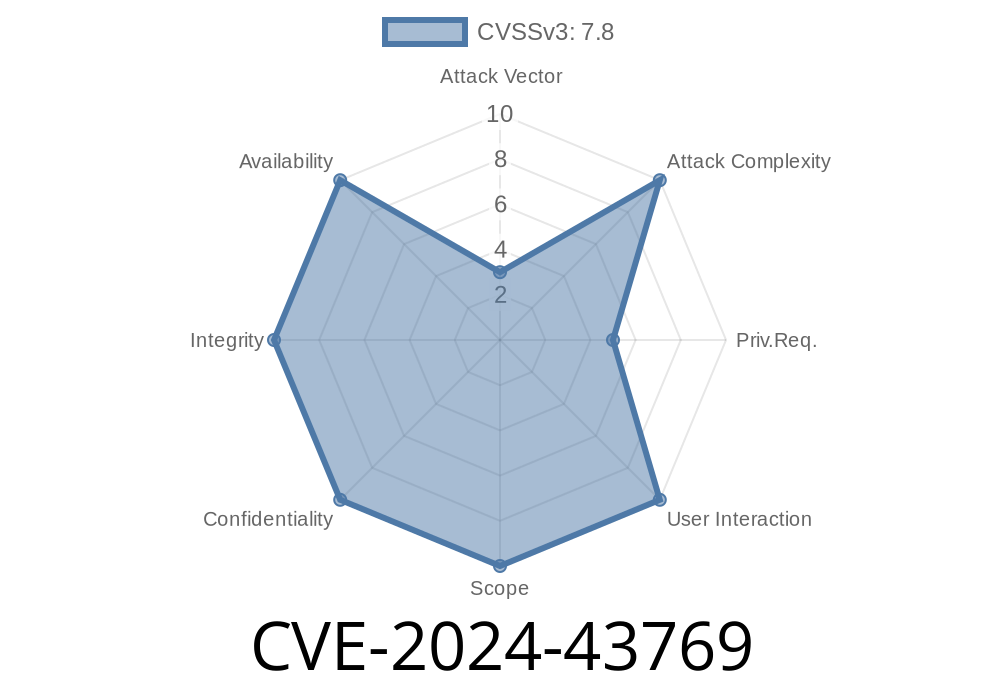In this post, we will examine a rather peculiar edge case found in the Android's PackageManagerService.java file associated with CVE-2024-43769. This vulnerability was discovered in the isPackageDeviceAdmin function, which determines if the supplied package is a device administrator or not.
By exploring this edge case, we'll see how an attacker could prevent the uninstallation of CloudDpc, consequently leading to a local escalation of privilege without the need for any additional execution privileges. The exploit, interestingly, does not require user interaction, which brings the attack's severity to a higher level.
To facilitate the understanding of the vulnerability, we will provide code snippets from the PackageManagerService.java file, detail the exploitation process, and link to the original references for thorough information.
Code Snippet - isPackageDeviceAdmin function
Let's begin by examining the code snippet from the PackageManagerService.java file that has the vulnerability:
boolean isPackageDeviceAdmin(String packageName) {
DevicePolicyManager dpm = (DevicePolicyManager) mContext.getSystemService(Context.DEVICE_POLICY_SERVICE);
if (dpm == null) {
return false;
}
List<ComponentName> adminComponents = dpm.getActiveAdmins();
if (adminComponents == null) {
return false;
}
int adminCount = adminComponents.size();
for (int i = ; i < adminCount; i++) {
ComponentName componentName = adminComponents.get(i);
if (packageName.equals(componentName.getPackageName())) {
return true;
}
}
return false;
}
The isPackageDeviceAdmin function first checks if the DevicePolicyManager is null and returns false if it is. It then retrieves the list of active admin components. If the list is null, the function returns false.
If there is a list of admin components, it checks if any of them belong to the given package. If it finds a match, the function returns true, indicating the package is a device administrator.
Exploit Details
The logic error in the isPackageDeviceAdmin function lies in inadequately checking whether the supplied package is a device administrator or not. If an attacker can somehow manipulate the list of admin components or the packageName attribute, they can exploit this vulnerability to prevent the uninstallation of the CloudDpc package.
Without the ability to uninstall CloudDpc, the attacker could then leverage the existing privileges of CloudDpc to escalate their own privilege locally. What makes the situation worse is that no user interaction is needed for this exploitation, and it could be fully automated.
For more information on the CVE-2024-43769 vulnerability, you can refer to the following links
1. Android Security Bulletin - December 2024
2. MITRE CVE-2024-43769
3. National Vulnerability Database (NVD) - CVE-2024-43769
Conclusion
The discovery and analysis of CVE-2024-43769 demonstrate the importance of thoroughly reviewing the code for logical errors, especially in mission-critical functions like isPackageDeviceAdmin. In this case, if an attacker had exploited this vulnerability, it could lead to a local elevation of privilege, giving them further undue access and control over the target device.
Stay tuned for more in-depth analysis of the latest vulnerabilities and exploits, as we continue to pull back the curtain on the inner workings of software security.
Timeline
Published on: 01/03/2025 01:15:08 UTC
Last modified on: 03/13/2025 15:15:47 UTC
